Considering the growing use of bibliometric and scientometric indicators in the evaluation of Brazilian Graduation Programs, this paper aims to identify Web of Science’s coverage concerning bibliographic output (scientific papers). It focuses on the major knowledge and evaluation areas set by the Coordination for Higher Education Staff Development, a Brazilian public organization for research funding, and seeks to highlight the limits and possibilities of the use of these indicators as devices for evaluating the scientific activity of the national graduation system. For this purpose, data surveys were held on the bibliographic production of 4,377 graduate programs currently registered on Sucupira Platform, and Web of Science Core Collection, between 2017 and 2018. Consolidated by empirical data and a theoretical approach, the results show that 46.56% of journals employed by Brazilian researchers affiliated to Brazilian graduate programs are currently indexed on this database, while 53.44% are not. The conclusion, therefore, is that there are variations on the indexation levels among the various Major Knowledge and Evaluation Areas. We also addressed the recommendation that processes of evaluation consider the results of scientific activities beyond just papers indexed on international bibliographic databases.
- Autor/es: João Henrick Neri de MELO, Tatiane Pacanaro, João de Melo MARICATO
- Año de publicación: 2021
- País: Brasil
- Idioma: Portugués
- Fuente de indexación: WOS



